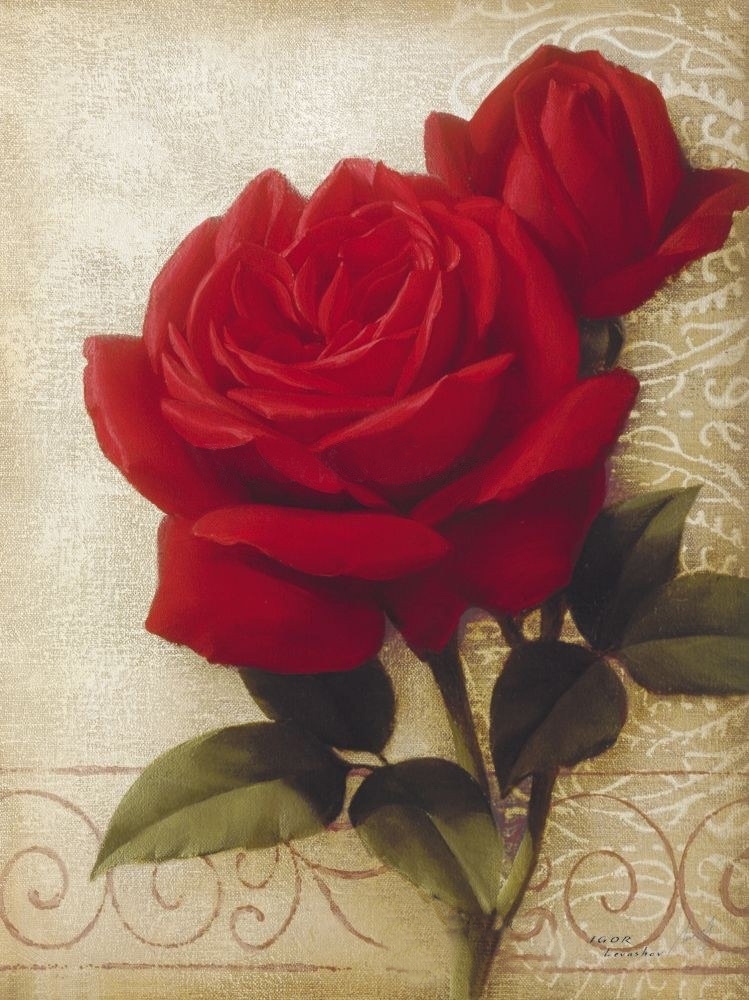Vittore Carpaccio (1460/1465-1525) was an Italian painter of the Venetian school who studied under Gentile Bellini.
Carpaccio was largely influenced by the style of the early Italian Renaissance painter Antonello da Messina (1430-1479), as well as Early Netherlandish painting.
Although often compared to his mentor Gentile Bellini, Vittore Carpaccio's command of perspective, precise attention to architectural detail, themes of death, and use of bold color differentiated him from other Italian Renaissance artists.








